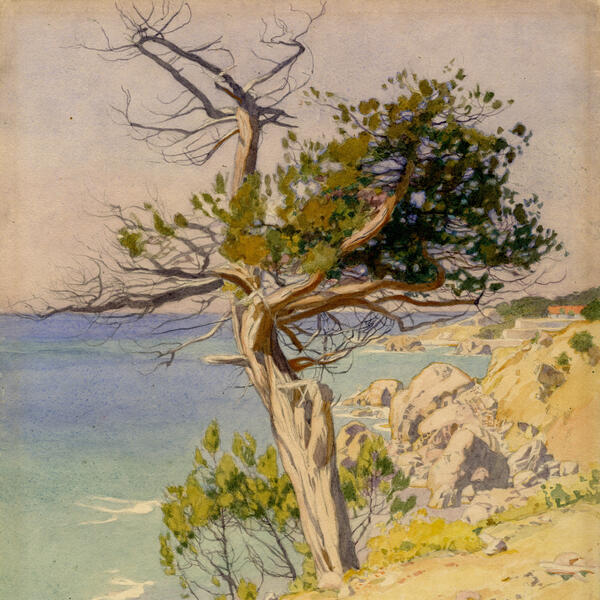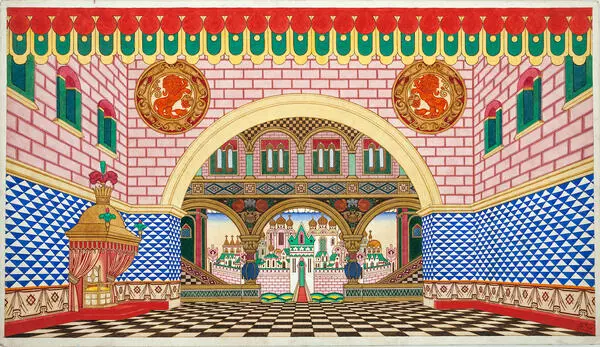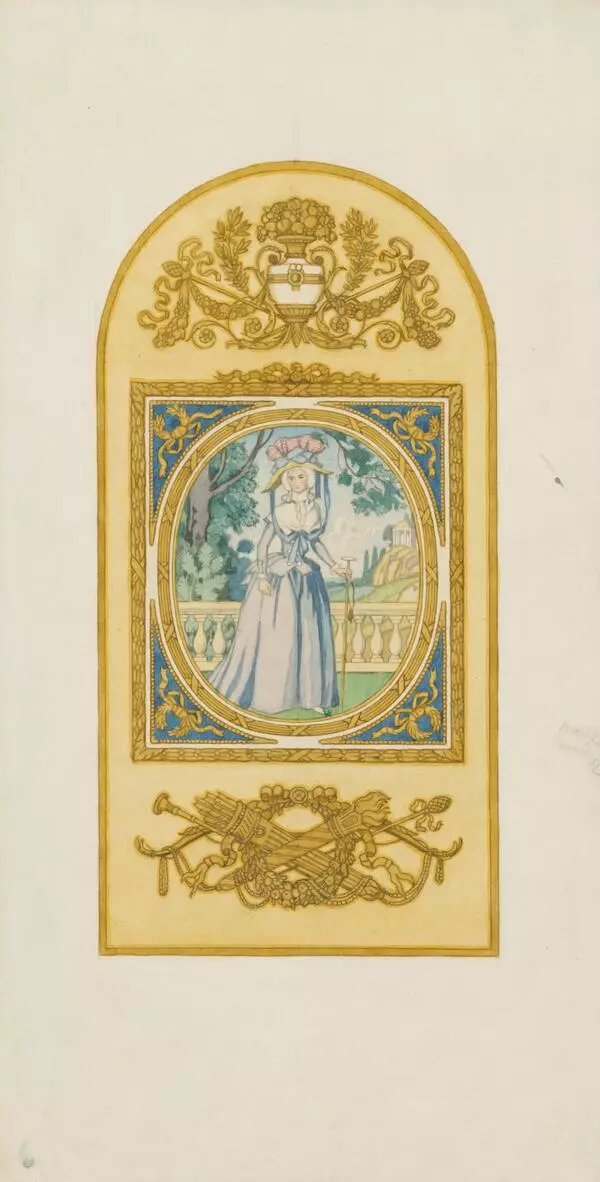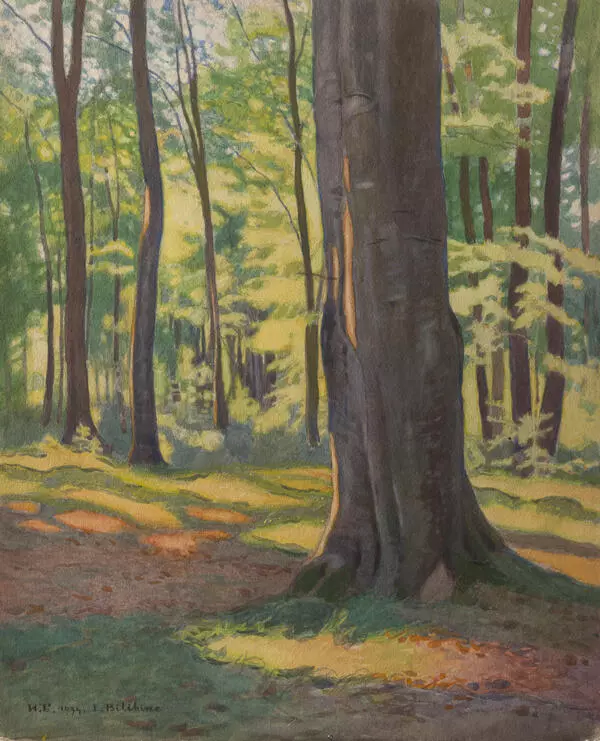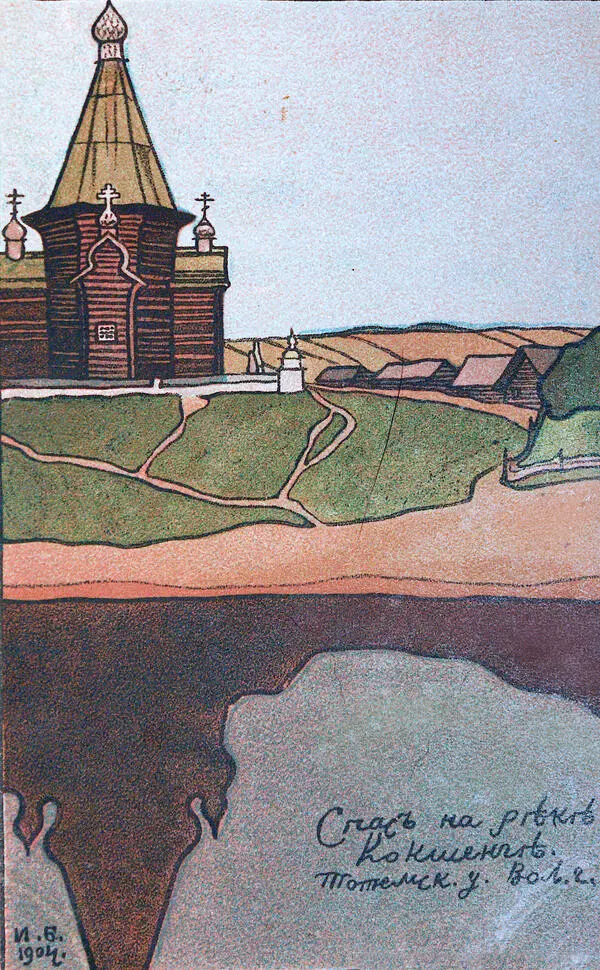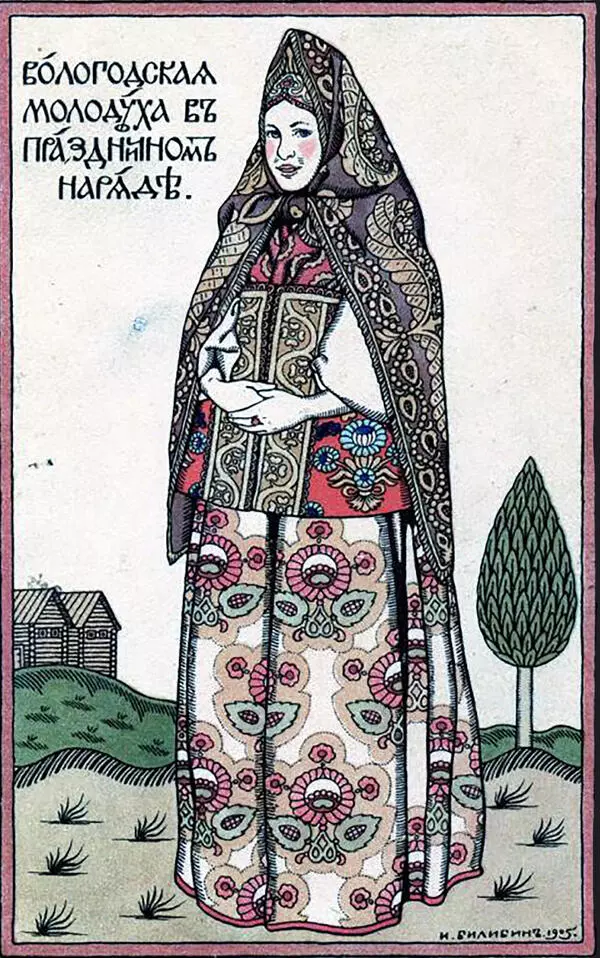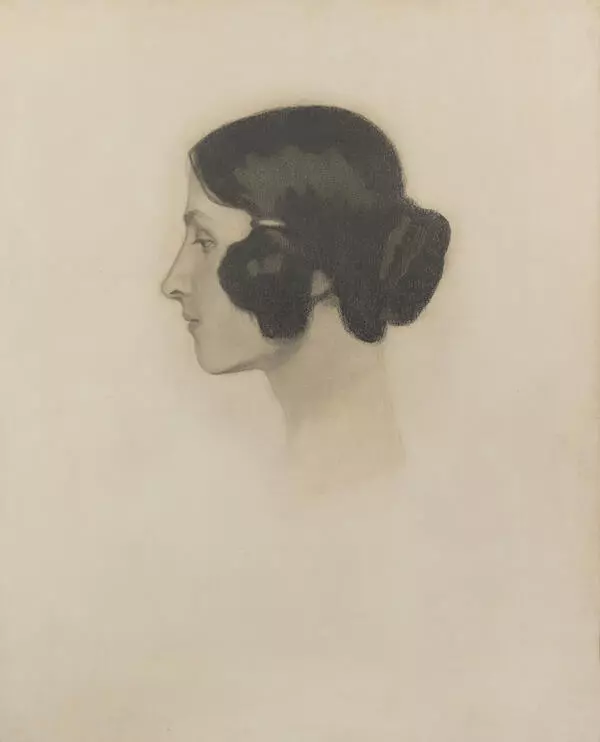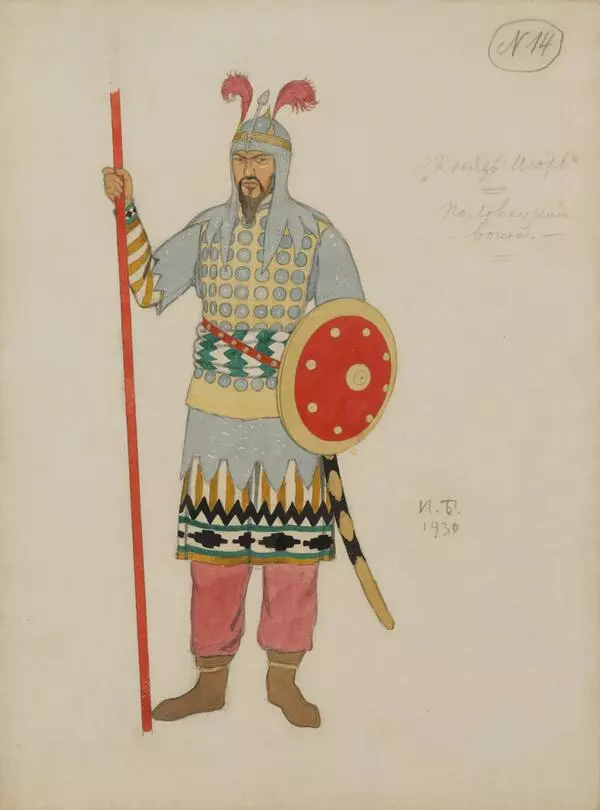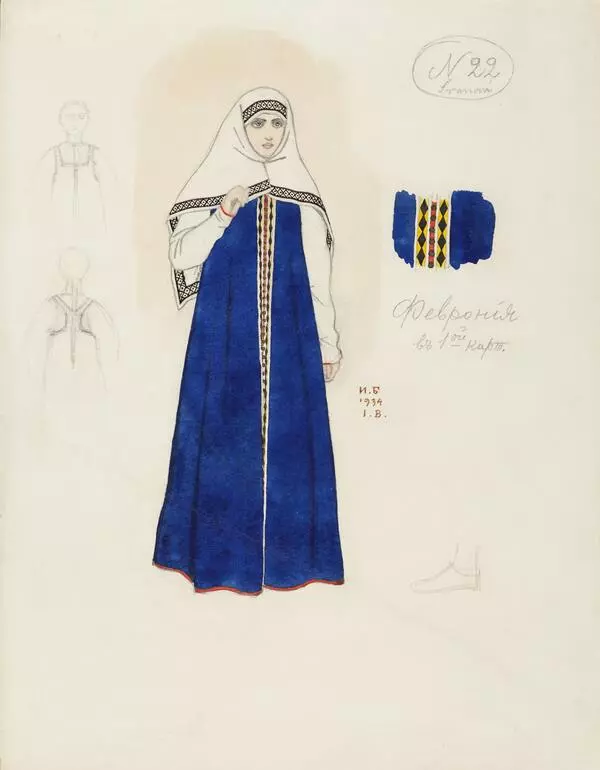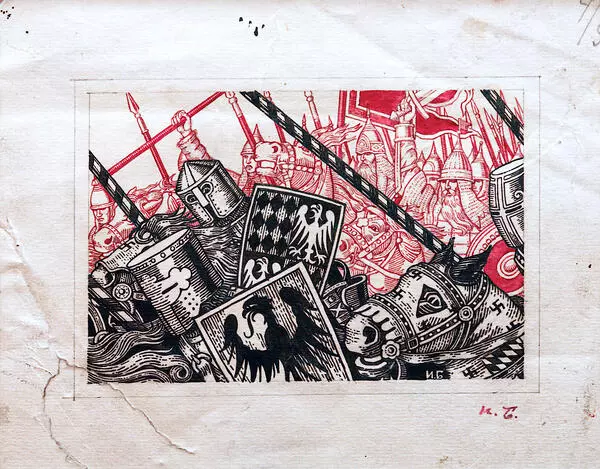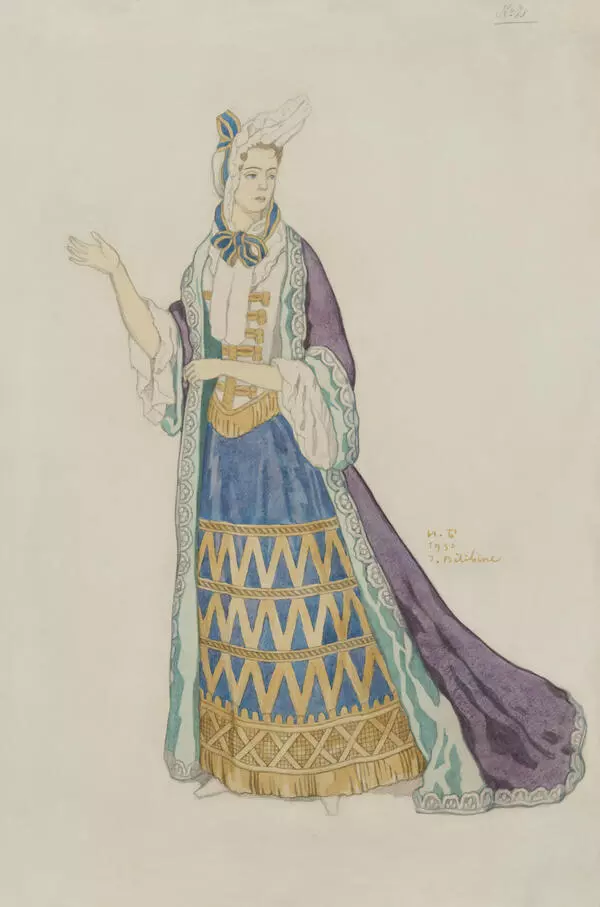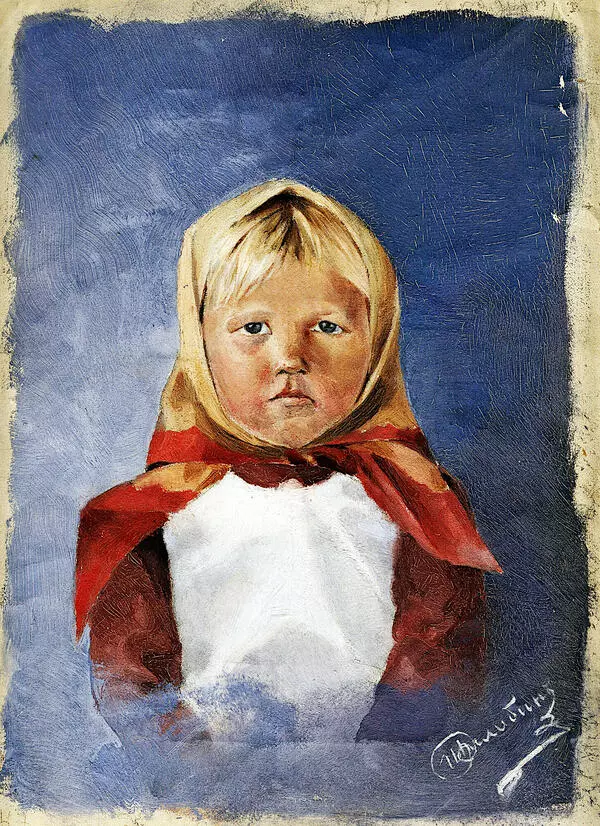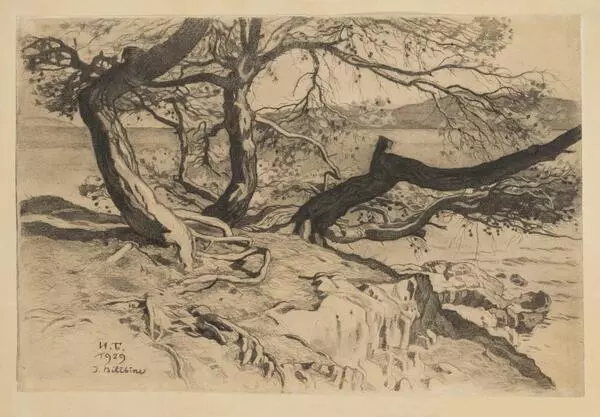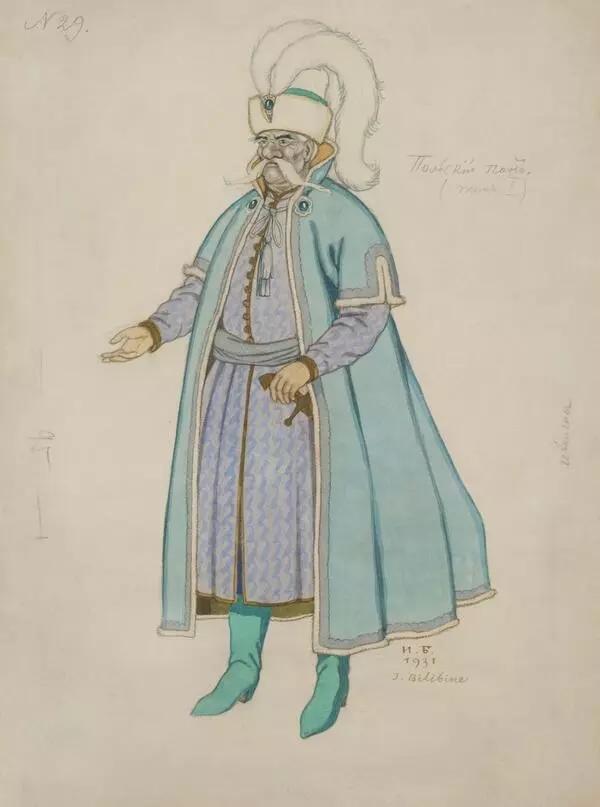The final stage of Ivan Yakovlevich Bilibin’s landscape painting began after the artist returned from emigration to Leningrad in 1936.
During this period, Bilibin made trips to the Caucasian coast of the Black Sea, to Ukraine, to Crimea and brought back excellent watercolor landscapes from there. The landscapes are subtly picturesque and deep in transitions of tone, where the expressive pictorial manner of painting, characteristic of the French series, was harmoniously developed.
Bilibin passionately loved nature. This love, hidden behind the immaculate lines of his graphic works or concealed in a conventional fairy-tale scenery, becomes apparent in the artist’s landscapes.
In August-September 1940, Bilibin and his wife Alexandra Vasilievna Shchekatikhina-Pototskaya vacationed in the Crimea, visited Batiliman and the places where Bilibin’s dacha once was. The building was preserved, but it no longer belonged to the artist: the village administration was housed there.
From a letter from O. Akhmetova to Ivan Bilibin dated from April 8, 1939:
During this period, Bilibin made trips to the Caucasian coast of the Black Sea, to Ukraine, to Crimea and brought back excellent watercolor landscapes from there. The landscapes are subtly picturesque and deep in transitions of tone, where the expressive pictorial manner of painting, characteristic of the French series, was harmoniously developed.
Bilibin passionately loved nature. This love, hidden behind the immaculate lines of his graphic works or concealed in a conventional fairy-tale scenery, becomes apparent in the artist’s landscapes.
In August-September 1940, Bilibin and his wife Alexandra Vasilievna Shchekatikhina-Pototskaya vacationed in the Crimea, visited Batiliman and the places where Bilibin’s dacha once was. The building was preserved, but it no longer belonged to the artist: the village administration was housed there.
From a letter from O. Akhmetova to Ivan Bilibin dated from April 8, 1939:

